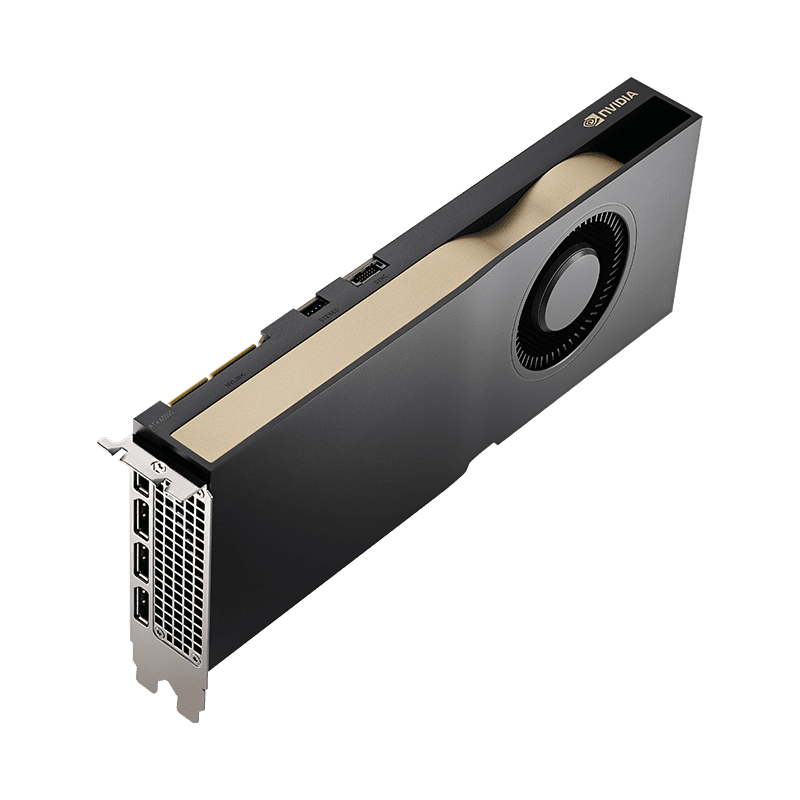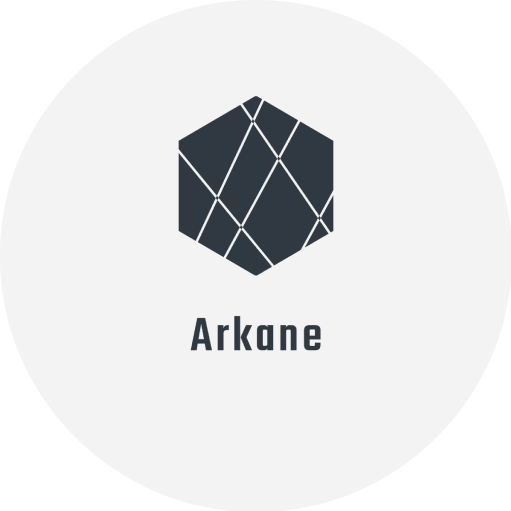
RTX A5000: Features and Specifications

Performance Characteristics
Computing Power
The NVIDIA RTX A5000 stands at the forefront of GPU technology, exemplifying the incredible progress in the realm of virtual production, high-end visual effects, and machine learning. This GPU, essentially the enterprise version of the RTX 3090, is tailored for demanding professional applications, offering a unique blend of power and reliability.
Built on the NVIDIA Ampere architecture, the RTX A5000 encompasses an impressive array of hardware: 64 second-generation RT Cores, 256 third-generation Tensor Cores, and a staggering 8,192 CUDA cores. This configuration underscores the GPU’s robustness in handling intricate rendering tasks, AI computations, and other high-performance requirements. The RTX A5000, with its powerful CUDA cores, is particularly adept at accelerating tasks that necessitate parallel processing, making it a prime choice for professionals in design, art, science, and research. The RTX A5000 not only pushes the boundaries of graphical capabilities but also empowers professionals to tackle complex computational challenges more efficiently than ever before.
Memory and Speed
The RTX A5000‘s memory capacity is a critical aspect of its performance. With 24 GB of GDDR6 graphics memory, the A5000 can manage larger datasets and more complex simulations with ease. This substantial memory capacity is particularly beneficial for tasks like natural language processing and high-fidelity simulations, which are integral to product development and other memory-intensive applications. Furthermore, the RTX A5000’s NVLink support enables users to connect two GPUs, effectively doubling the available memory to 48 GB, thereby providing the capability to handle even larger models and renders.
The RTX A5000’s performance is further enhanced by its hardware-accelerated motion blur capabilities. This feature allows for quicker rendering times and higher-quality results, particularly in 3D applications. Compared to its predecessor, the RTX 5000, the A5000 can add full motion blur to renderings with significantly less impact on render times. This advancement is partially attributable to the 50% increase in graphics memory on the A5000, demonstrating how increased memory capacity can directly translate into more efficient and faster processing for complex tasks.
Reliability and Continuous Performance
A key differentiator for the RTX A5000, especially when compared to its counterparts like the RTX 3090, is its focus on reliability and continuous performance. While the RTX 3090 is a superb gaming card designed for desktop use, the RTX A5000 is crafted for the rigors of professional workstations. It is engineered to operate consistently over long periods, which is crucial for applications such as extended rendering sessions or lengthy machine learning training processes. Every aspect of the A5000, from the airflow over the card to the quality of its memory components, is designed to ensure unwavering performance, making it a dependable tool for high-performance projects where reliability is paramount.
The RTX A5000, with its blend of power, memory, and reliability, is not just a graphics card; it’s a comprehensive solution for professionals who require the utmost in computational and graphical performance. Its design and capabilities reflect a deep understanding of the needs of high-end users, making it an invaluable asset in a wide range of industries and applications.
Comparative Analysis with Predecessors
Performance Compared to Previous Models
The NVIDIA RTX A5000 represents a significant leap in GPU technology, especially when compared to its predecessors. The A5000, with its 24 GB of VRAM, marks a considerable increase from the 16 GB offered by the Quadro RTX 5000. This increase in VRAM is not just a numerical upgrade but translates into tangible improvements in handling larger and more complex datasets, crucial for modern high-fidelity simulations and rendering tasks. The RTX A5000’s performance, as indicated by its single-precision (FP32) performance of 27.8 TFLOPS, is a major step up from the Quadro RTX 5000’s 11.2 TFLOPS. This improvement in computational power is critical for professionals in fields like virtual production, where GPU capabilities directly influence creative and productive output.
Technological Advancements
The NVIDIA RTX A5000 is part of the new lineup that forgoes the “Quadro” designation, a change that reflects more than just a naming convention. This shift signals NVIDIA’s continued focus on integrating advanced features tailored for professional workflows. The RTX A5000, like its series counterparts, emphasizes not just raw performance but also reliability and stability, crucial for enterprise and professional use. NVIDIA’s focus on stability is evidenced by a threefold higher reliability in Quadro cards compared to GeForce over the last three years. These features, including higher VRAM capacity, ECC VRAM, and vGPU support, set the A5000 apart from consumer-oriented GPUs and underscore its suitability for high-performance projects where continuous and faultless operation is paramount.
In summary, the RTX A5000’s advancements over its predecessors are not confined to just improved performance metrics. They also encompass a strategic shift in design philosophy, focusing on the specialized needs of professional users. This evolution reflects a deeper understanding of the changing demands in high-performance computing and professional graphics applications, solidifying the A5000’s position as a leading solution in the industry.
Comparative Analysis with Predecessors
Performance Compared to Previous Models
The NVIDIA RTX A5000 represents a significant leap in GPU technology, especially when compared to its predecessors. The A5000, with its 24 GB of VRAM, marks a considerable increase from the 16 GB offered by the Quadro RTX 5000. This increase in VRAM is not just a numerical upgrade but translates into tangible improvements in handling larger and more complex datasets, crucial for modern high-fidelity simulations and rendering tasks. The RTX A5000’s performance, as indicated by its single-precision (FP32) performance of 27.8 TFLOPS, is a major step up from the Quadro RTX 5000’s 11.2 TFLOPS. This improvement in computational power is critical for professionals in fields like virtual production, where GPU capabilities directly influence creative and productive output.
Technological Advancements
The NVIDIA RTX A5000 is part of the new lineup that forgoes the “Quadro” designation, a change that reflects more than just a naming convention. This shift signals NVIDIA’s continued focus on integrating advanced features tailored for professional workflows. The RTX A5000, like its series counterparts, emphasizes not just raw performance but also reliability and stability, crucial for enterprise and professional use. NVIDIA’s focus on stability is evidenced by a threefold higher reliability in Quadro cards compared to GeForce over the last three years. These features, including higher VRAM capacity, ECC VRAM, and vGPU support, set the A5000 apart from consumer-oriented GPUs and underscore its suitability for high-performance projects where continuous and faultless operation is paramount.
In summary, the RTX A5000’s advancements over its predecessors are not confined to just improved performance metrics. They also encompass a strategic shift in design philosophy, focusing on the specialized needs of professional users. This evolution reflects a deeper understanding of the changing demands in high-performance computing and professional graphics applications, solidifying the A5000’s position as a leading solution in the industry.
Newsletter
You Do Not Want to Miss Out!
Step into the Future of Model Deployment. Join Us and Stay Ahead of the Curve!

![The 4 Major Corporate Fears About AI [and How Arkane Crushes Them]](https://arkanecloud.com/wp-content/uploads/elementor/thumbs/image-fears-r83x02fmwkg0873grkx2f5jvdsy2k1b00h5jqz1vi0.png)



